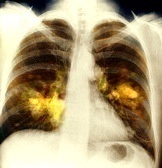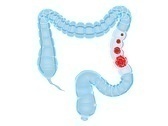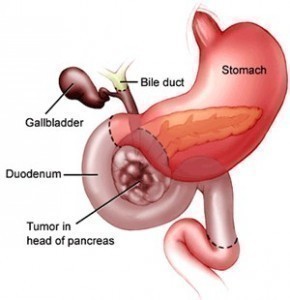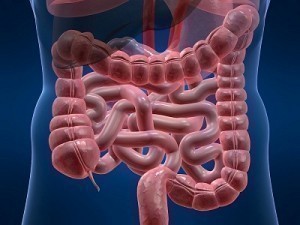15 Things You Can Do To Reduce Your Cancer Risk
 Photo by thintaged441
Photo by thintaged441
2. Eat healthy
Managing body weight and diet is the second best way to reduce cancer. More than one-third of cancer related deaths are related to excess body weight and obesity. A healthy diet that focuses on plant based foods is essential and it must be followed throughout your lifetime. Because excess body weight causes the body to produce and circulate more estrogen and insulin, which are hormones that can stimulate cancer growth, it is recommended that your BMI (Body Mass Index) remain below 25. Follow the steps listed below as a way to change your bad eating habits into good ones.
A. Pay attention to the portion size of your meals.
B. Limit the intake of high-calorie foods and drinks.
C. Limit sugar-sweetened drinks such as sodas and sports drinks.
D. Limit the consumption of processed meats such as bacon, hot dogs, sausage, and lunch meats.
E. Choose small portions when eating red meats.
F. Avoid large portion meals when eating out.
G. Eat 2 ½ cups of fruits and vegetables each day.
H. Choose whole-grain breads and brown rice.
I. Reduce alcohol intake to 1 drink a day for women and 2 drinks a day for men.
J. Write down everything you eat and drink throughout the day.






